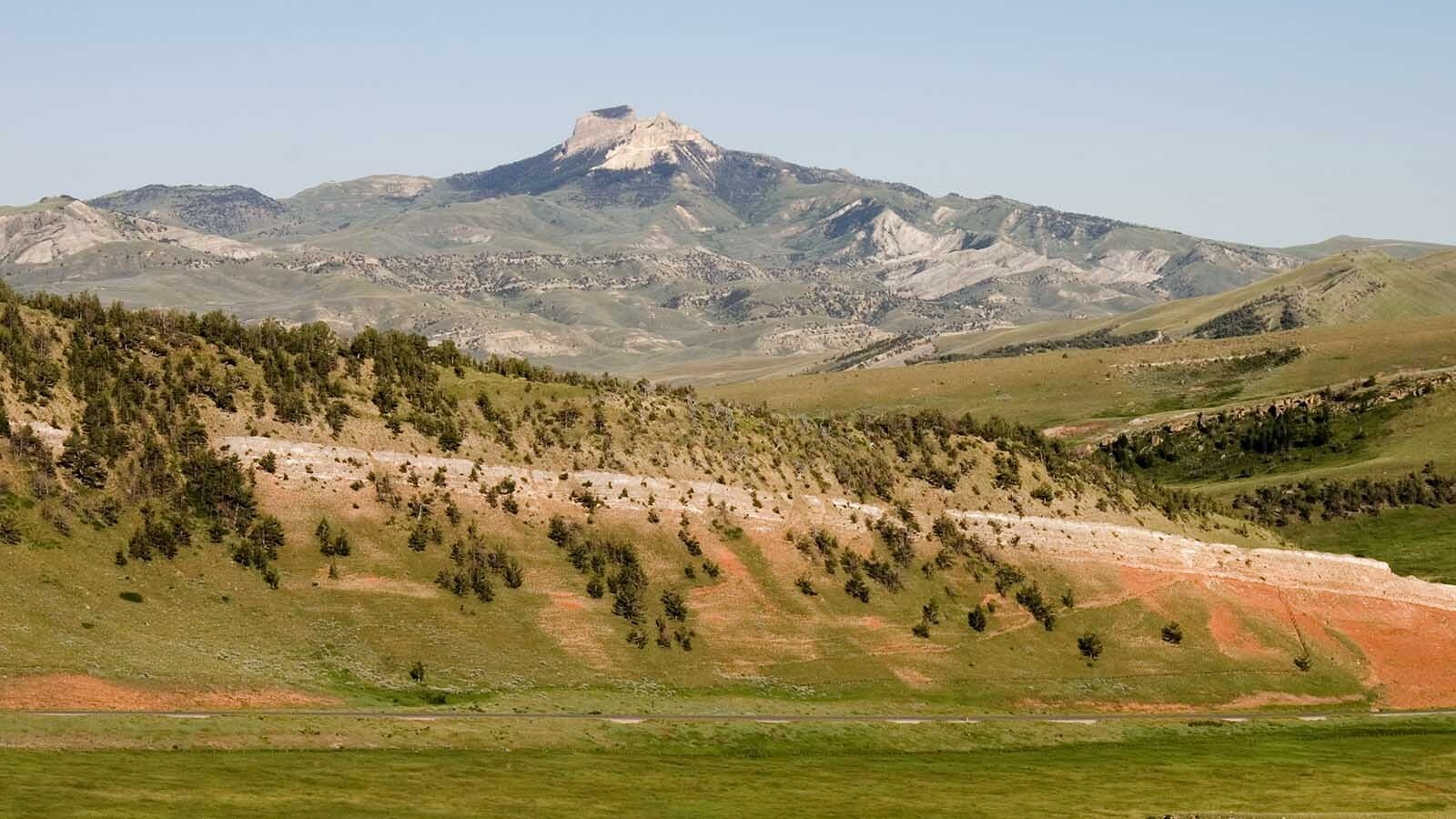Snowmobiling in the Snowy Range Mountains — which draws people from across the county and is the lifeblood of many local businesses — should still thrive this winter despite logging, a state trails official said.
Snowmobilers “will have access to the majority of their favorite spots in the Snowy Range, with a few closures on the north end of the system,” said Forrest Kamminga, program manager for Wyoming State Trails.
Typically, his agency maintains 183 miles of groomed snowmobile trails atop snowed-in Forest Service roads in the Snowy Range, he told Cowboy State Daily. About 36 miles of that could be lost to logging this winter.
Meanwhile, a contractor who logged in the mountains range’s northern end last winter said he and local cabin owners figured things out among themselves in a way that worked well for everyone.
“Every so often, there would be people coming up the logging roads,” but it was never enough to disrupt work, Gary Ervin, owner of Saratoga Investments, told Cowboy State Daily.
Loggin Trucks, Snowmobiles Don’t Mix
Some expressed concern over Forest Service Plans to close general public use on more roads than usual for logging operations in the north end of the Snowy Range, expected to start later this month.
Normally, the Forest Service leaves most of its roads in the Snowy Range unplowed and has them groomed as snowmobile thoroughfares. For logging, the Forest Service allows contractors to plow the roads for trucks.
The public usually isn’t allowed to snowmobile on the logging roads, although cabin owners can get permits to drive into their properties along those roads.
We’ll Keep It Clear For Business
Barb and Troy Wallace own the Ten Mile Inn along Wyoming Highway 130 above Saratoga. Barb Wallace previously told Cowboy State Daily that the business hinges upon winter snowmobile traffic, so she initially was concerned when she heard more groomed trails might be closed this winter.
Kamminga said keeping routes to the Ten Mile Inn and other businesses will remain a priority.
“We’re still running grooming operations out of Ten Mile, and there are going to be two trails running in and out of there,” he said.
The groomed snowmobile trails along the roadways are part of a wider network of trails throughout the Snowy Range, with a grand total of 328 miles.
The Snowy Range snowmobile trail system is popular with Wyoming residents and tourists, Kamminga said. Many snowmobilers from Midwestern states consider the Snowy Range to be a prime destination.
“It’s on the front line. It’s the first snowmobiling place that people hit when they’re traveling West on 1-80,” he said.
Snowmobiling is big business across Wyoming, he added. In all, the state has about 2,600 miles of groomed trails. Kamminga said his agency’s grooming operations are funded solely through proceeds from snowmobile registration stickers.
“The program is 100 % user-funded,” he said.
‘They Piled Out With Their Shovels’
Ervin said he doesn’t plan on doing any logging on the north end of the Snowy Range this winter. But when his company was working up there last year, they got along well with cabin owners at the White Rock Estates, which could be affected again by logging this year.
He said some of the cabin owners asked him to do a favor while he was out plowing the roads one day, and he was happy to oblige.
“Some guys came along one day, they asked if I could plow a wide place where they could park their vehicles to get to their cabins, and I said, ‘sure,’” he said.
The Snowy Range is also popular for black bear hunting. Ervin said when the spring bear season started, but the roads were still clogged with thick snowbanks, hunters appreciated seeing him then, too.
He said he was digging a drainage trench for one melting snowbank when a vehicle full of hunters came along.
“They all piled out with their shovels and started helping me dig,” he said.
Cutting Wildfire Risk
Logging in the Snowy Range is also brisk business, Ervin said. And contrary to some assumptions, the dead of winter is the best time to do it.
“When it’s cold and frozen, that’s the best time to log. You have less resource damage to the ground because it’s frozen, and machinery doesn’t tear the ground up,” he said.
The Snow Range still has massive stands of dead trees, killed by a pine beetle epidemic that peaked about a decade ago. And that’s what loggers are after, said Ervin, who mills cut timber into lumber.
“We’re going in there after all that beetle-killed pine,” he said. “I make two-by-fours out of it. It makes excellent two-by-fours.”
Clearing out the dead timber also reduces the risk of huge wildfires, he added.
“When I was clearing timber up there by the cabins, people loved it, because it mitigated the risk of catastrophic wildfire,” he said.
Mark Heinz can be reached at mark@cowboystatedaily.com.





